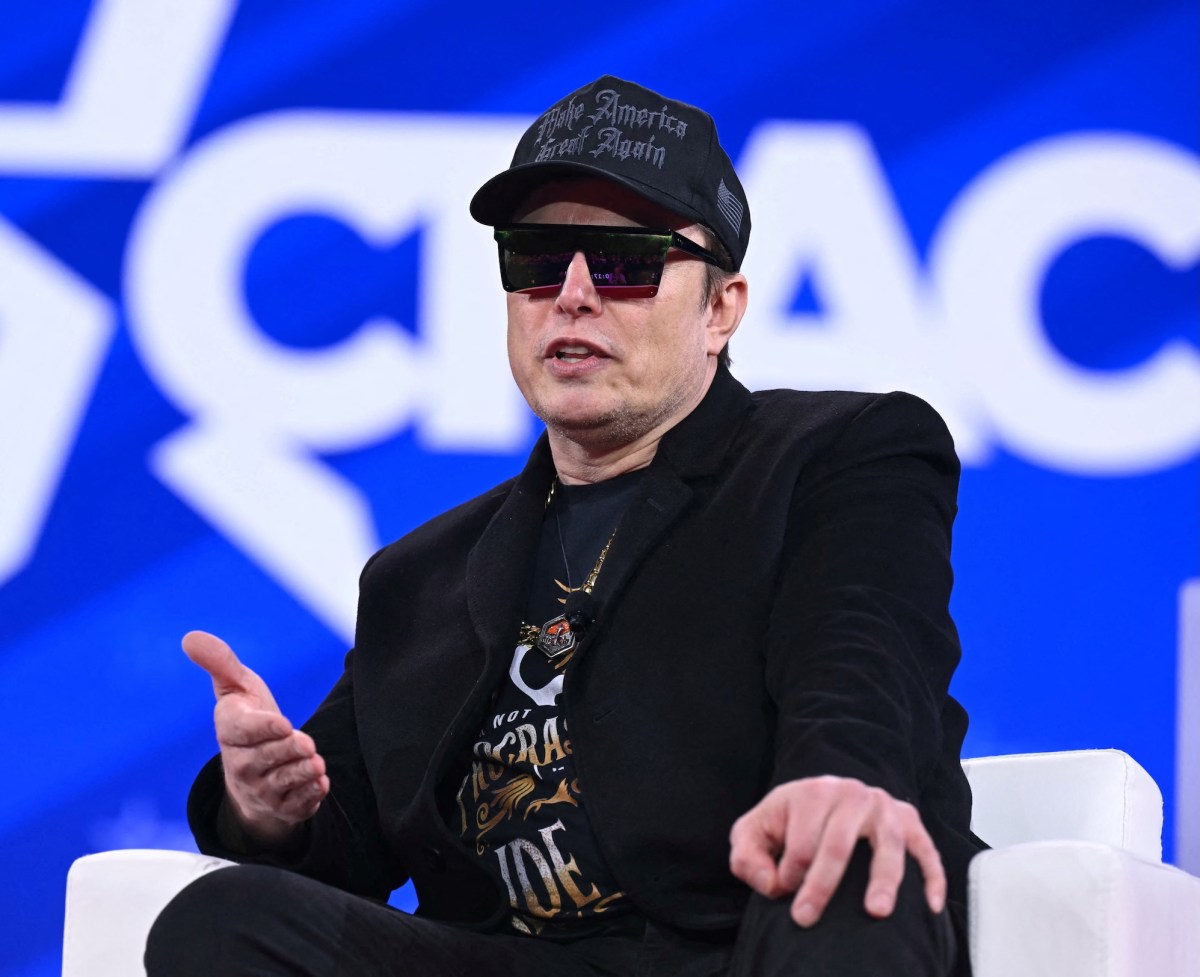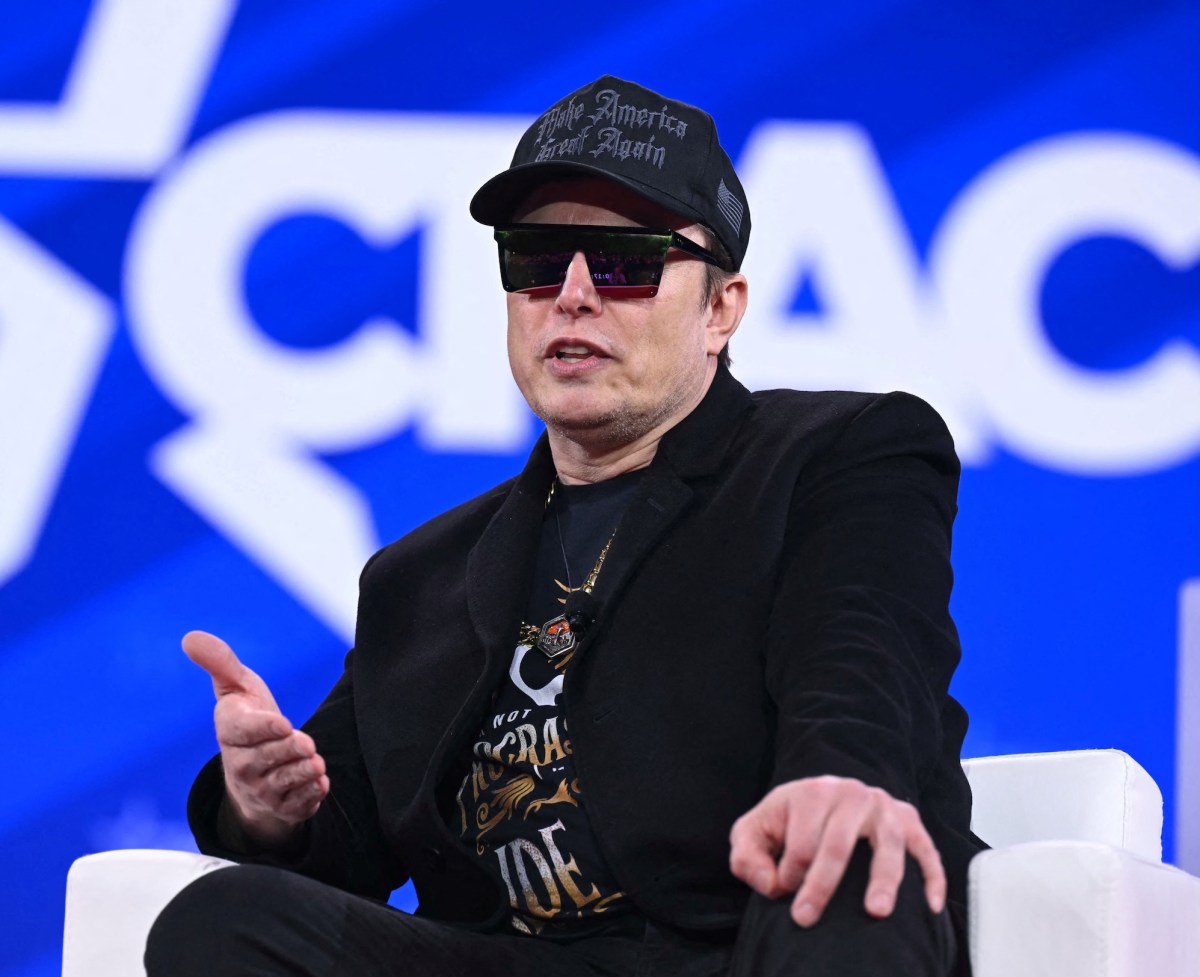Key Points
- Tesla unveiled a fourth “Master Plan” focused on humanoid robots and global sustainable energy.
- The document is criticized for being vague and lacking concrete milestones.
- Earlier master plans set specific goals for solar roofs, new vehicle models, and autonomous driving.
- Many promises from prior plans, such as the Semi truck and a bus, remain unfulfilled.
- Elon Musk acknowledged the lack of detail and suggested future additions.
- Analysts view the plan’s broad language as reminiscent of AI‑generated text.
- Tesla’s primary revenue source continues to be electric vehicle sales.
- The plan’s ambition signals a shift toward AI and robotics, but execution remains uncertain.

Overview of the Fourth Master Plan
Tesla released its fourth “Master Plan,” positioning the company as a leader in the development of humanoid robots and the global adoption of sustainable energy. The document presents high‑level aspirations but offers few concrete targets or timelines. The tone of the plan has been described as broad and generic, lacking the detailed milestones that characterized earlier iterations.
Contrast with Earlier Plans
Previous master plans set out specific objectives. The second plan promised a smoothly integrated solar‑roof‑with‑battery product, a compact SUV, a semi‑truck, a pickup, an electric bus, fully autonomous software upgrades, and a shared vehicle network. While Tesla delivered the Model Y, other promises such as the Semi, the Cybertruck, and a bus have not materialized, and autonomous capabilities remain limited to a small, invite‑only robotaxi trial with safety monitors present in the vehicle.
The third plan included a detailed 41‑page white paper supporting its sustainability projections, yet many of those projections have not been achieved. Critics note that despite ambitious messaging, the majority of Tesla’s revenue still derives from selling electric vehicles.
Criticism of the Current Document
Industry observers and analysts criticize the fourth plan for its lack of specifics. The language is described as “gauzy” and “generic,” resembling the output of an AI chatbot rather than a strategic roadmap. The plan’s broad statements, such as promoting meritocracy and enabling individuals to use their skills, are seen as vague without measurable benchmarks.
Elon Musk himself acknowledged the criticism, agreeing that the plan lacks detail and indicating that more specifics may be added later. However, no timeline for such additions has been provided.
Implications for Tesla’s Future
The master plan’s ambition to transition Tesla from a carmaker to an AI and robotics company reflects a strategic shift, yet the company’s core business remains vehicle production. The perceived gap between the lofty vision and tangible progress fuels skepticism among investors and analysts, who view the plan’s vagueness as a risk factor for the company’s valuation.
Overall, the fourth master plan reinforces Tesla’s aspiration to lead in sustainable technology and robotics, but the absence of clear path forward invites continued scrutiny and debate about the company’s ability to fulfill its expansive goals.
Source: techcrunch.com
